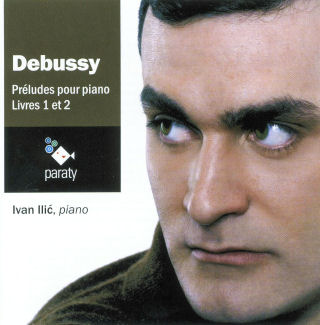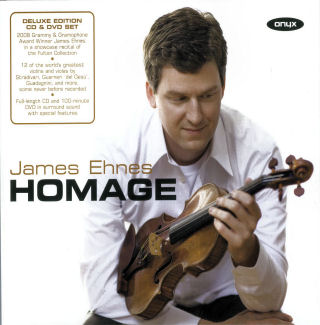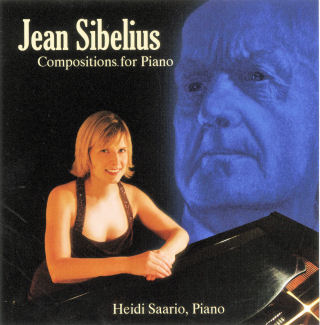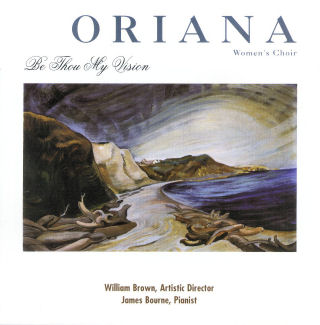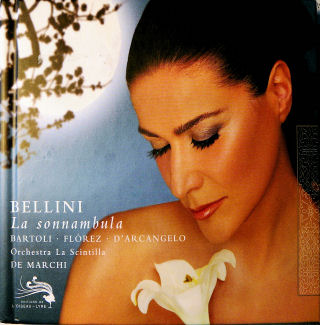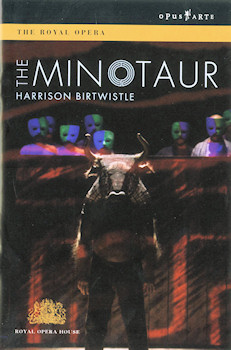Classical and Beyond: February 09
|
|
James Ehnes ONYX 4038 David Fulton has spent years assembling an astonishing collection of instruments by the great Cremonese makers, and Canadian violinist James Ehnes has selected nine violins - 6 Stradivari, 2 Guarneri ‘del Gesu’ and a Pietro Guarneri - and three violas for a dazzling recital programme designed to showcase the specific qualities of each instrument. Several, like the 1709 Stradivari ‘La Pucelle’, have never been recorded before, and one - the 1715 Stradivari ‘Marsick’ - has been Ehnes’ concert instrument since 1999. Seven different bows from Fulton’s equally superb collection of bows by Tourte and Peccatte were used in the recording, each hand-picked to complement the strengths of the particular instrument. In addition to a CD, the ONYX release includes a 100-minute DVD which features the entire 21-piece CD recital, with Ehnes describing the instrument and its qualities before each track, plus selection options and a 30-minute Extras chapter that includes the audio comparison tracks from the CD and extended commentary clips by Ehnes and Fulton. Ehnes hardly moves when he plays, but the close-up camerawork still manages to make it difficult to see exactly what he’s doing at times, especially his deceptively effortless bowing. The filming of the instruments is beautiful, though, and Ehnes is in spectacular form, with the opening track, Bazzini’s La Ronde des Lutins, worth the price of the set on its own. The violinist remarks in his outstanding booklet notes that “the difference in tone between instruments is often very subtle indeed”, especially when it’s the same player, of course, and it will take a professional ear to identify significant differences between the instruments. Still, a wonderful record of a remarkable project. Terry Robbins |



